Minimal Change Disease Em
Minimal change disease em. The main function of the kidneys is to remove waste products from the blood. Renal biopsy is typically not performed in children presenting with nephrotic syndrome until after a treatment attempt with steroids has failed. Mean 24-h urine albumin excretion mg24 h of control rats n 17 and IL-13 transfected rats n 41 measured at 14-d intervals.
The form of nephrotic syndrome most often found in children in which renal biopsies reveal little if any pathological change under the light microscope. We evaluated the clinical characteristics and response to treatment in adult patients with nephrotic syndrome having a histological diagnosis of MCD or FSGS. Although secondary causes of minimal change disease ie.
With electron microscopy effacement of the foot processes of the glomerulus becomes evident. The disease gets its name because the damage cannot be seen under a regular microscope. In adults it accounts for approximately 15 of patients with idiopathic NS reaching a much higher percentage at younger ages up to 7090 in children 1 year of age.
Nephrotic syndrome NS associated to minimal glomerular changes. This is not usually affected. Minimal-change disease MCD also known as lipoid nephrosis or nil disease arises from a histopathologic lesion in the glomerulus and is characterized by intense proteinuria leading to.
Nonsteroidal anti-inflammatory drugs lithium and lymphoproliferative disorders are uncommon in. Minimal Change Disease Hoo Jun Ting Хоо Джун Тинг Group 88. By light microscopy the glomerulus is normal with MCD.
Immunofluorescence examination showed that nephrin podocin and dystroglycan all stained strongly as a continuous granular pattern along the GBM in the control rats. This is minimal change disease MCD which is characterized by effacement of the epithelial cell podocyte foot processes and loss of the normal charge barrier such that albumin selectively leaks out and proteinuria ensues. Minimal change disease MCD is the most common form of nephrotic syndrome a clinical condition characterised by heavy proteinuria oedema hypoalbuminaemia and.
The diagnosis is confirmed by the demonstration of podocyte foot. Normally doctors can treat minimal change with drugs and get a cure or at least control of the condition.
This is minimal change disease MCD which is characterized by effacement of the epithelial cell podocyte foot processes and loss of the normal charge barrier such that albumin selectively leaks out and proteinuria ensues.
Minimal Change Disease Minimal change disease is the most common glomerular disease in children and also a common cause of nephrotic syndrome in adults. One of these conditions is minimal change disease MCD. We evaluated the clinical characteristics and response to treatment in adult patients with nephrotic syndrome having a histological diagnosis of MCD or FSGS. Renal biopsy is typically not performed in children presenting with nephrotic syndrome until after a treatment attempt with steroids has failed. Minimal Change Disease Minimal Change Nephropathy Minimal change disease MCD also known as Minimal Change Nephropathy lipoid nephrosis nil lesions. By light microscopy the glomerulus is normal with MCD. Minimal-change disease MCD also known as lipoid nephrosis or nil disease arises from a histopathologic lesion in the glomerulus and is characterized by intense proteinuria leading to. This is not usually affected. Minimal change causes fluid retention in various parts of the body often with high blood pressure.
Minimal-change disease MCD also known as lipoid nephrosis or nil disease arises from a histopathologic lesion in the glomerulus and is characterized by intense proteinuria leading to. Nephrotic syndrome NS associated to minimal glomerular changes. The disease gets its name because the damage cannot be seen under a regular microscope. Minimal change disease is the most common cause of nephrotic syndrome in. By light microscopy the glomerulus is normal with MCD. One of these conditions is minimal change disease MCD. The form of nephrotic syndrome most often found in children in which renal biopsies reveal little if any pathological change under the light microscope.
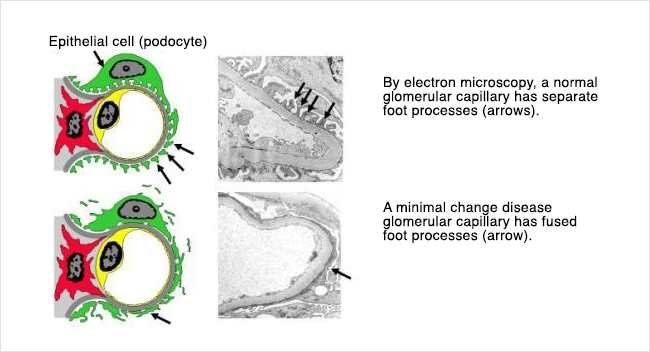



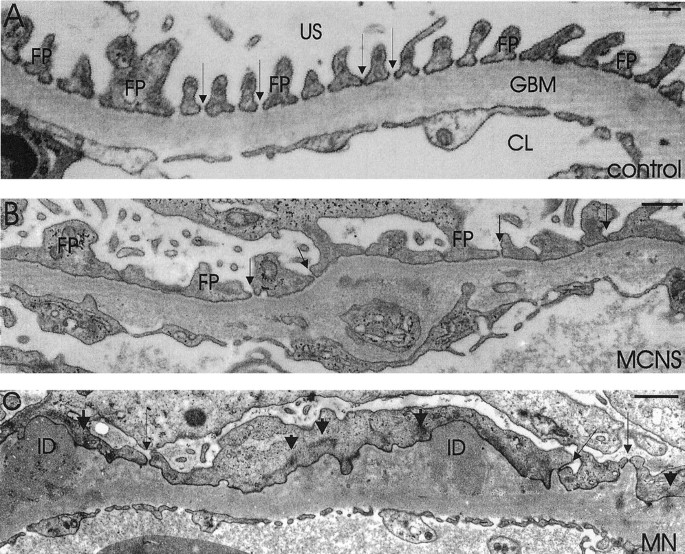



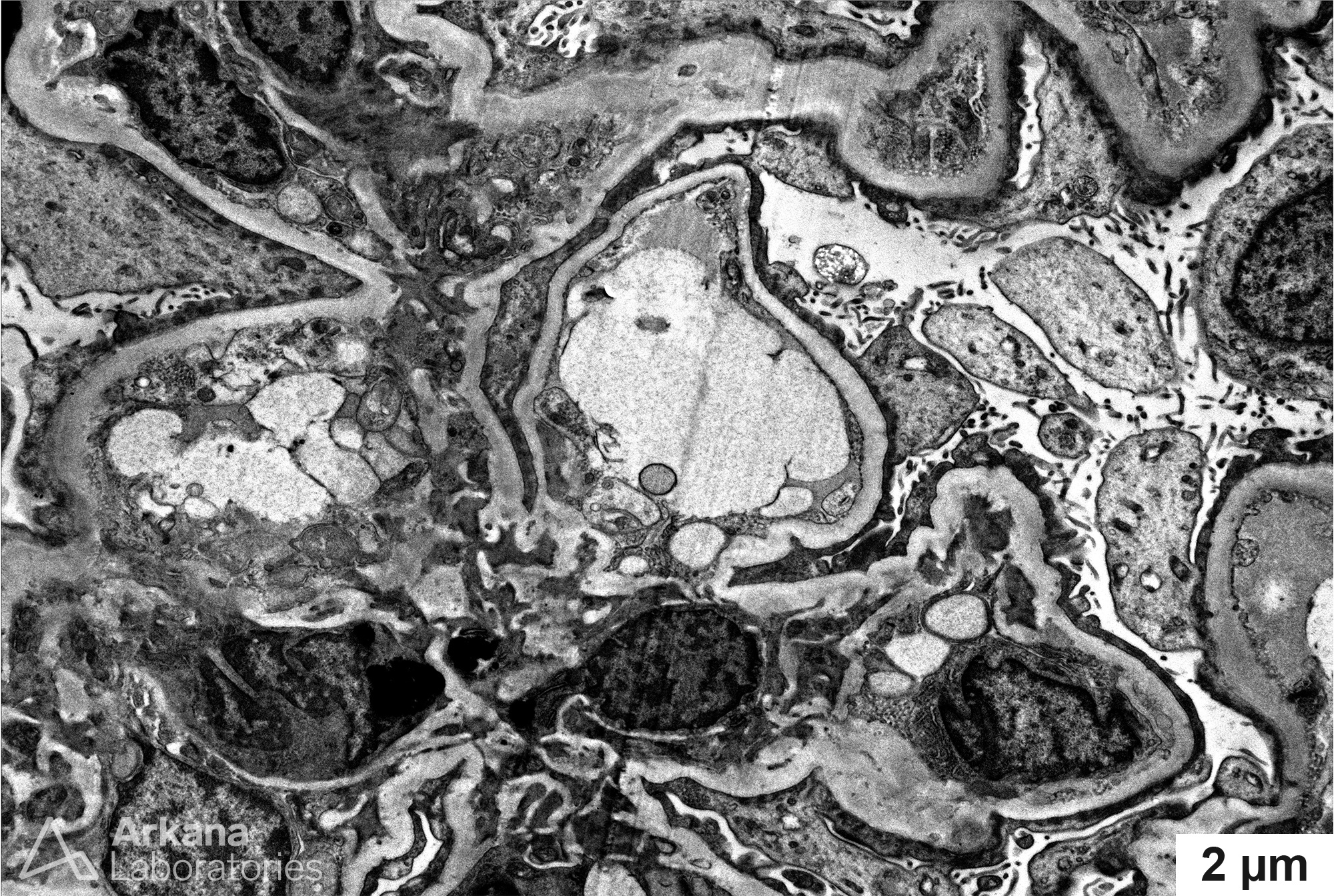
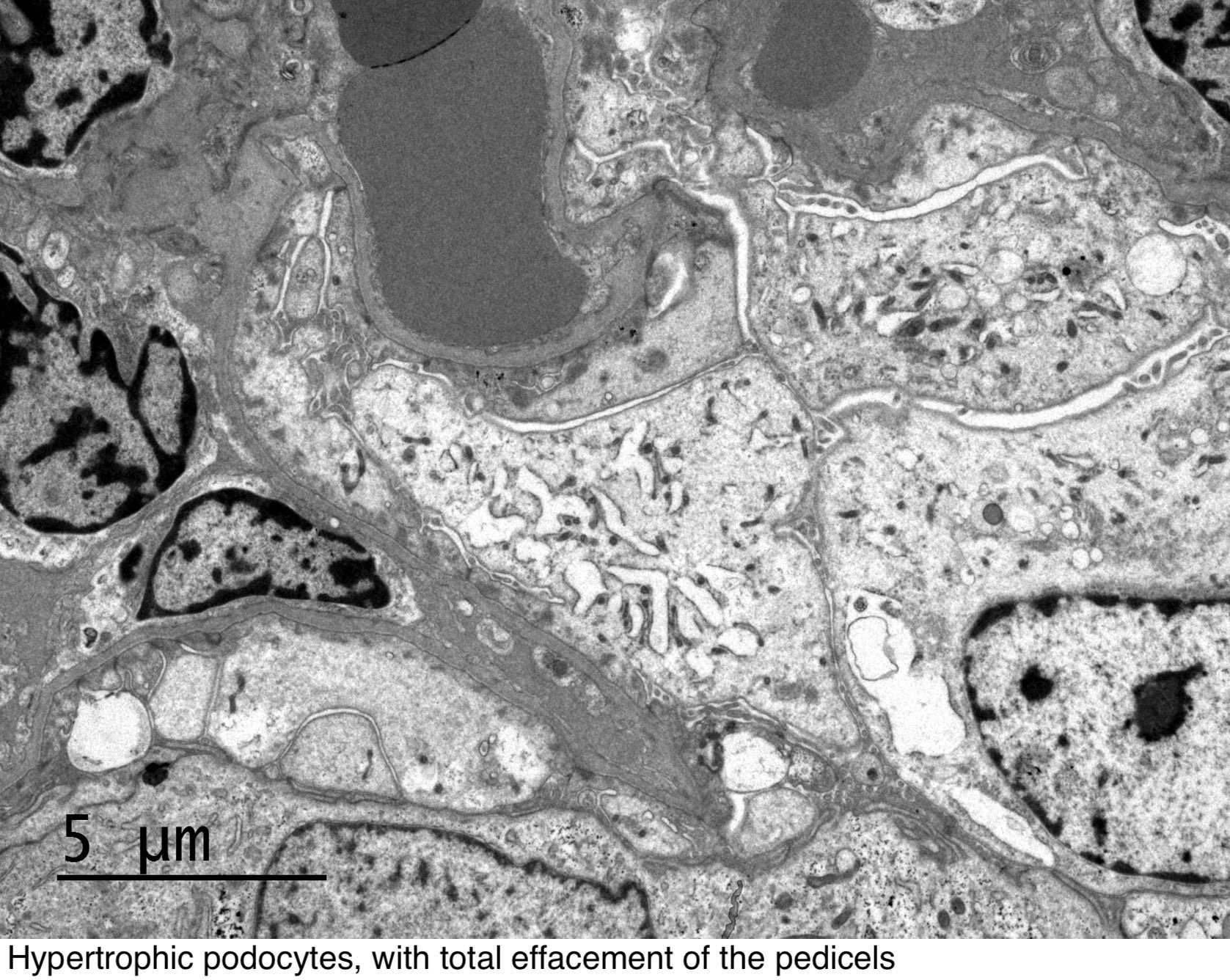

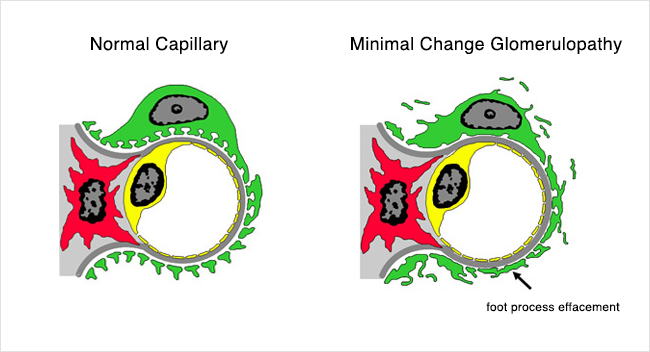



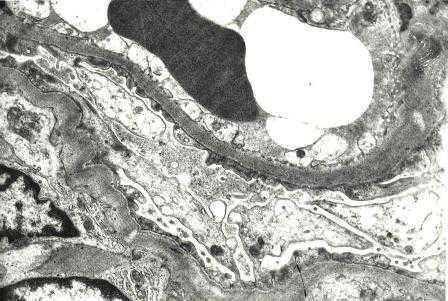



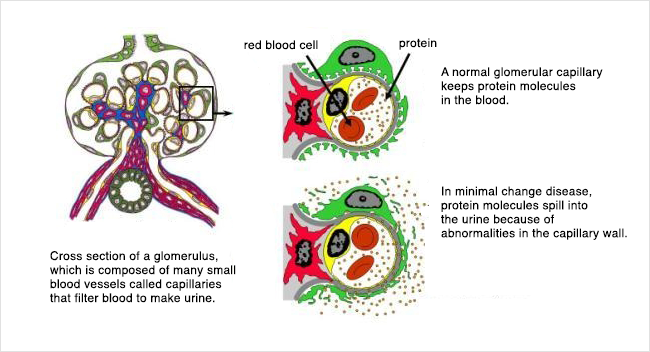



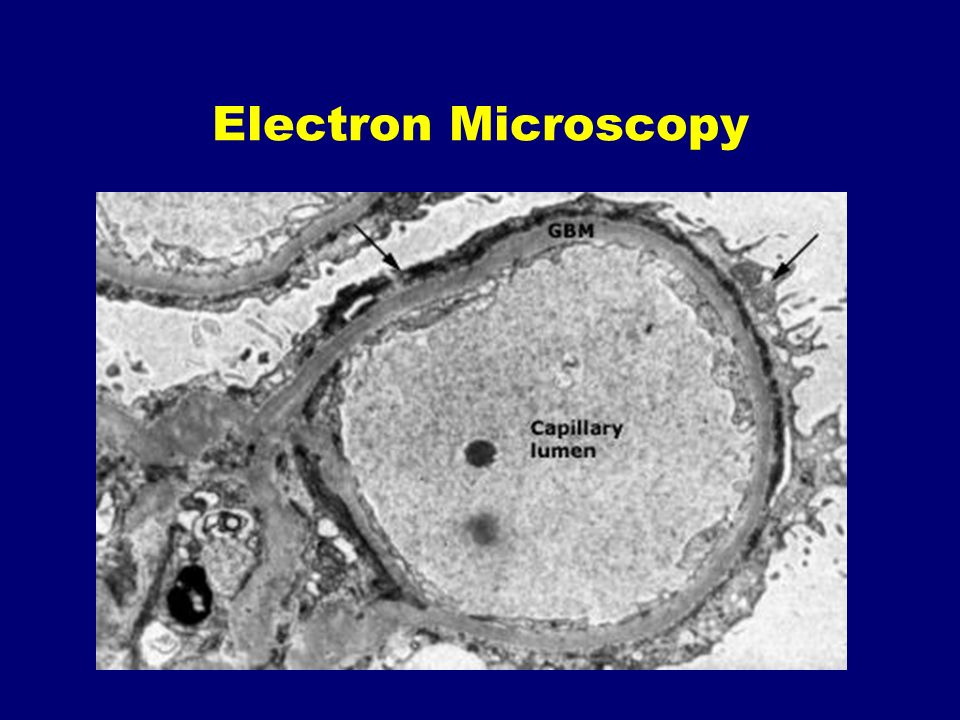
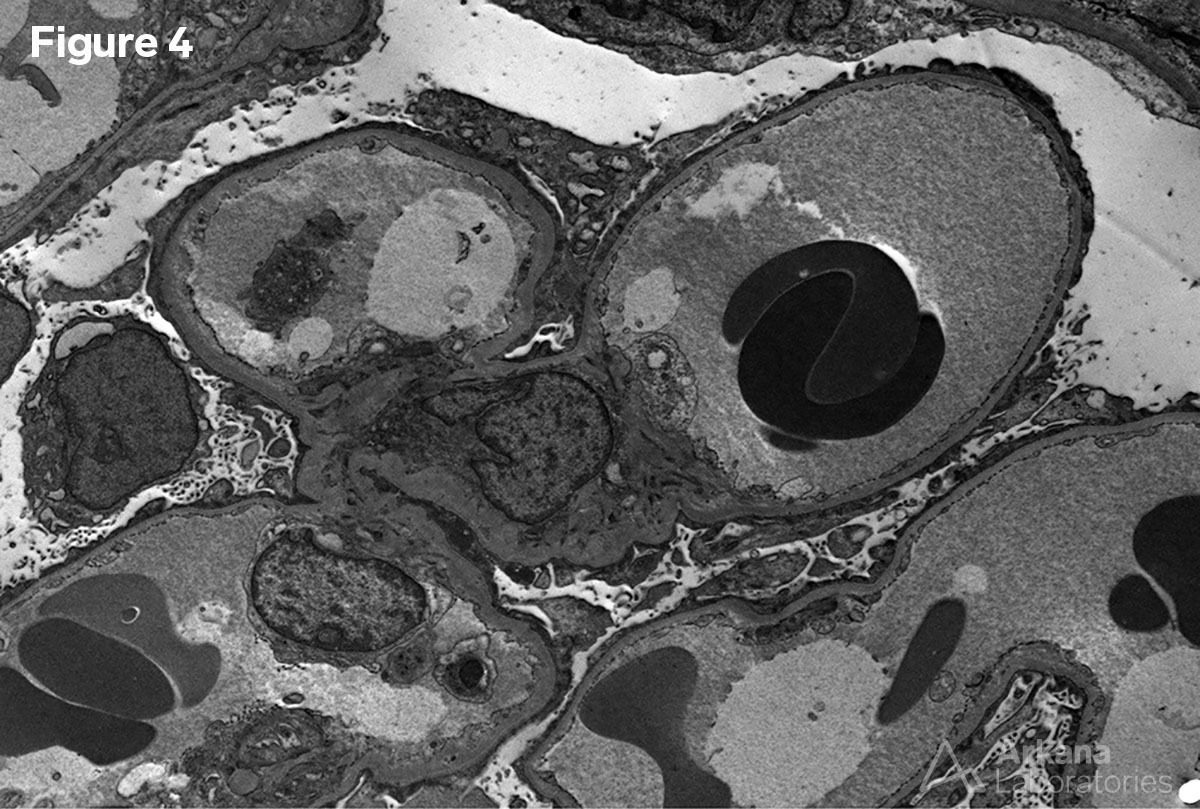
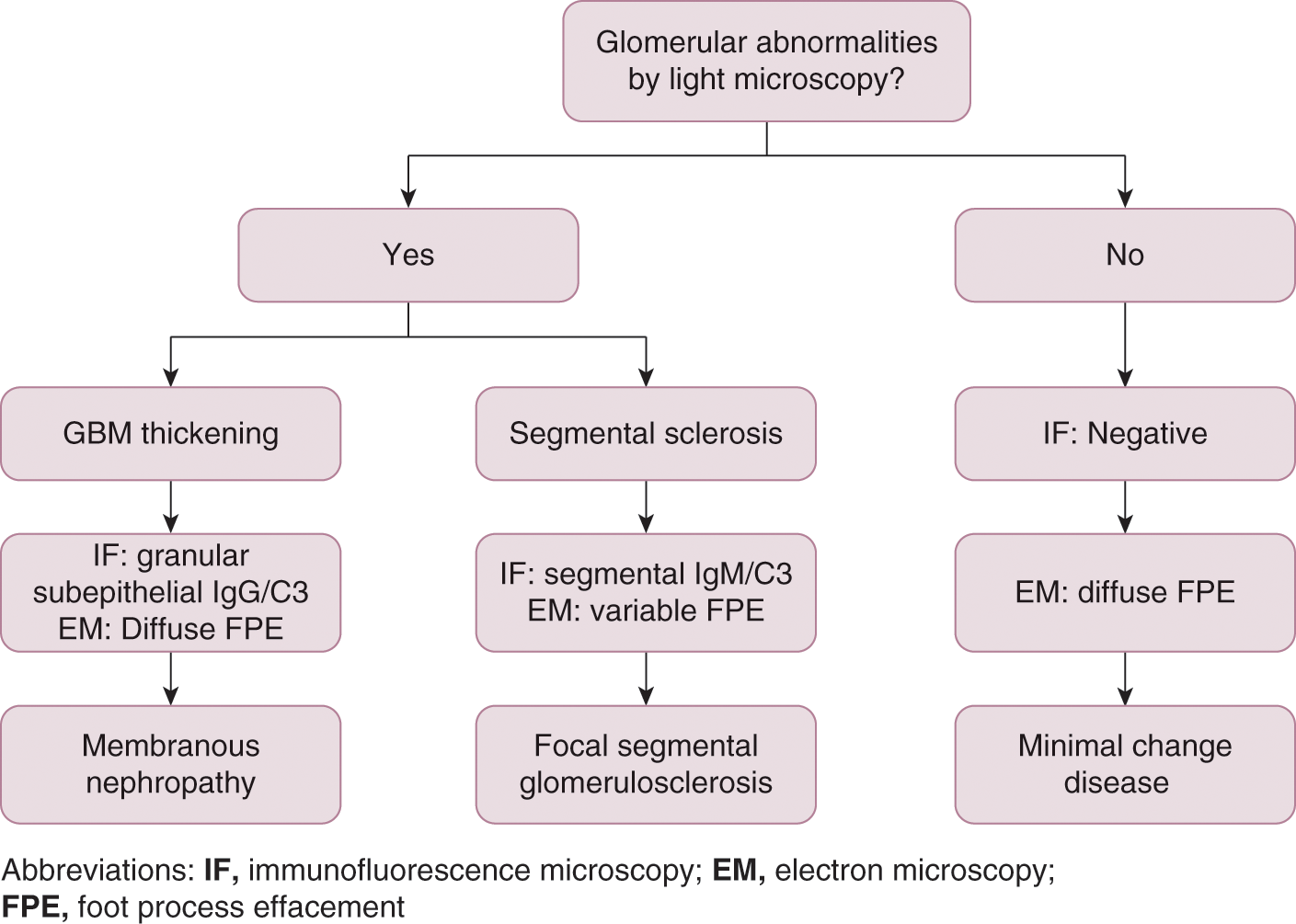
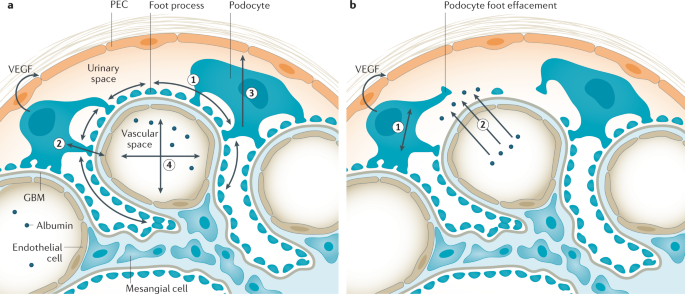

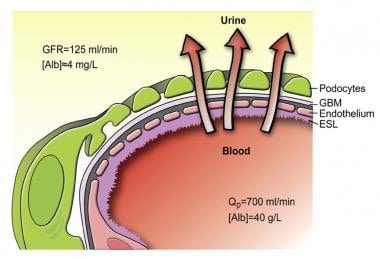
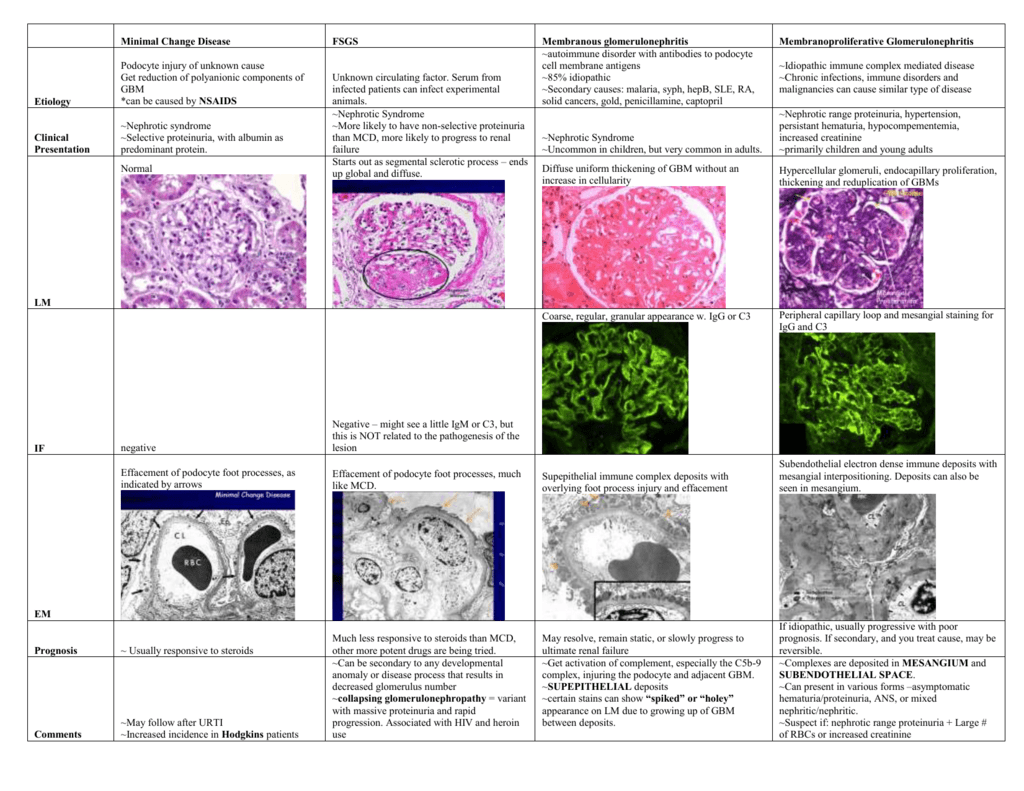
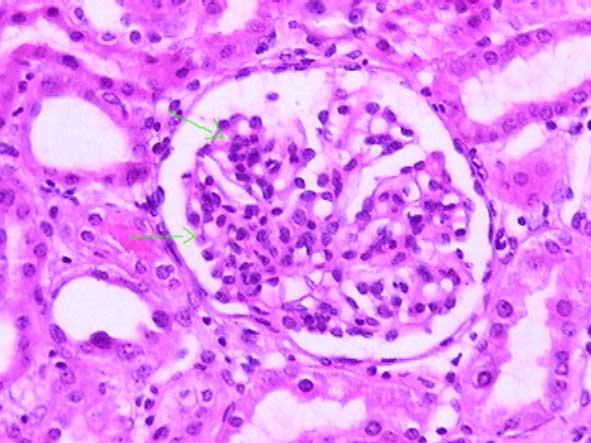


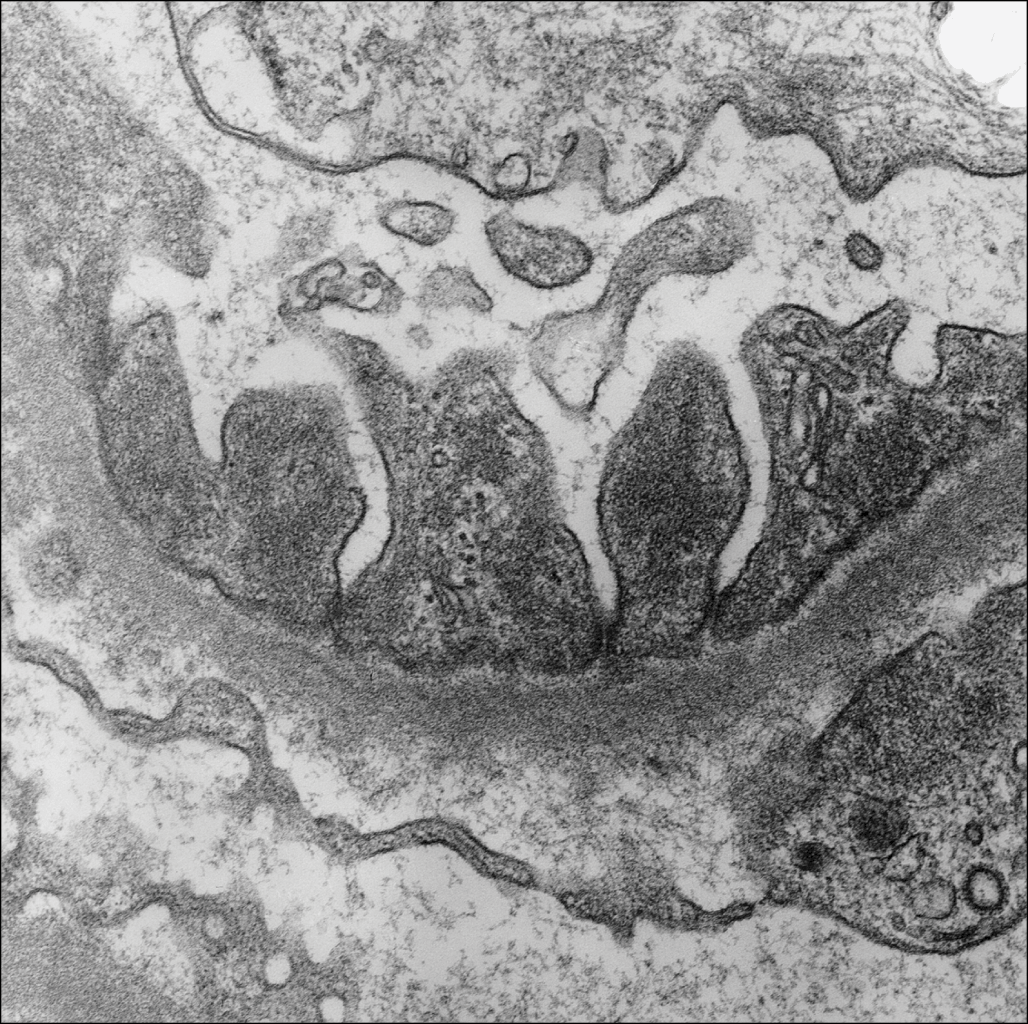





Post a Comment for "Minimal Change Disease Em"